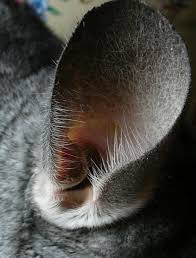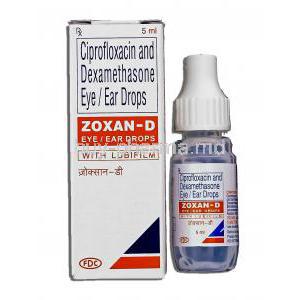Oticlear Ear Cleansing Solution for Dogs and Cats
- Introduction
- Uses of Oticlear Ear Cleansing Solution
- How Oticlear Ear Cleansing Solution Works
- Composition of Oticlear Ear Cleansing Solution
- Dosage and Administration
- Storage and Handling
- Side Effects of Oticlear Ear Cleansing Solution
- Important Precautions
- Administration in Special Populations
- Contraindications and Warnings
- Interaction with Other Products
- Careful Administration Tips
- Overdosage
- Handling Precautions
Introduction
Overview of Oticlear Ear Cleansing Solution
The Oticlear Ear Cleanser is a product endorsed by veterinarians that aim to uphold the cleanliness of dogs' and cats' ears comfortably by addressing ear wax buildup and odors with its formula.
Importance of Ear Hygiene in Pets
Ensuring that your pets have clean ears is crucial to help avoid infections and any discomfort or hearing problems they may experience down the line.
Benefits of Using Oticlear for Dogs and Cats
- Non-irritating and easy to use
- Helps prevent chronic ear conditions
- Supports overall ear health
- Suitable for routine cleaning and targeted care
Uses of Oticlear Ear Cleansing Solution
Primary Uses for Cleaning Ear Canals in Dogs and Cats
Prevention of Ear Infections and Debris Buildup
Regular use of Oticlear helps prevent the buildup of harmful debris and moisture, which can lead to infections like otitis externa.
Supportive Care in Otitis Externa Treatment
Oticlear offers comforting care to pets with ear infections (otitis externa) as part of their treatment plan to help improve their well-being and speed up their recovery process.
Off-Label Uses for Managing Mild Ear Irritation
Role in Pre-Surgical Ear Cleaning Protocols
Veterinarians frequently suggest using Oticlear before performing ear surgeries to maintain an environment and reduce the chances of infections during the procedures.

How Oticlear Ear Cleansing Solution Works
Mechanism of Action in Breaking Down Ear Wax
The enzymatic formula of Oticlear effectively dissolves earwax. Loosens hardened debris to make it easier to remove without causing any discomfort.
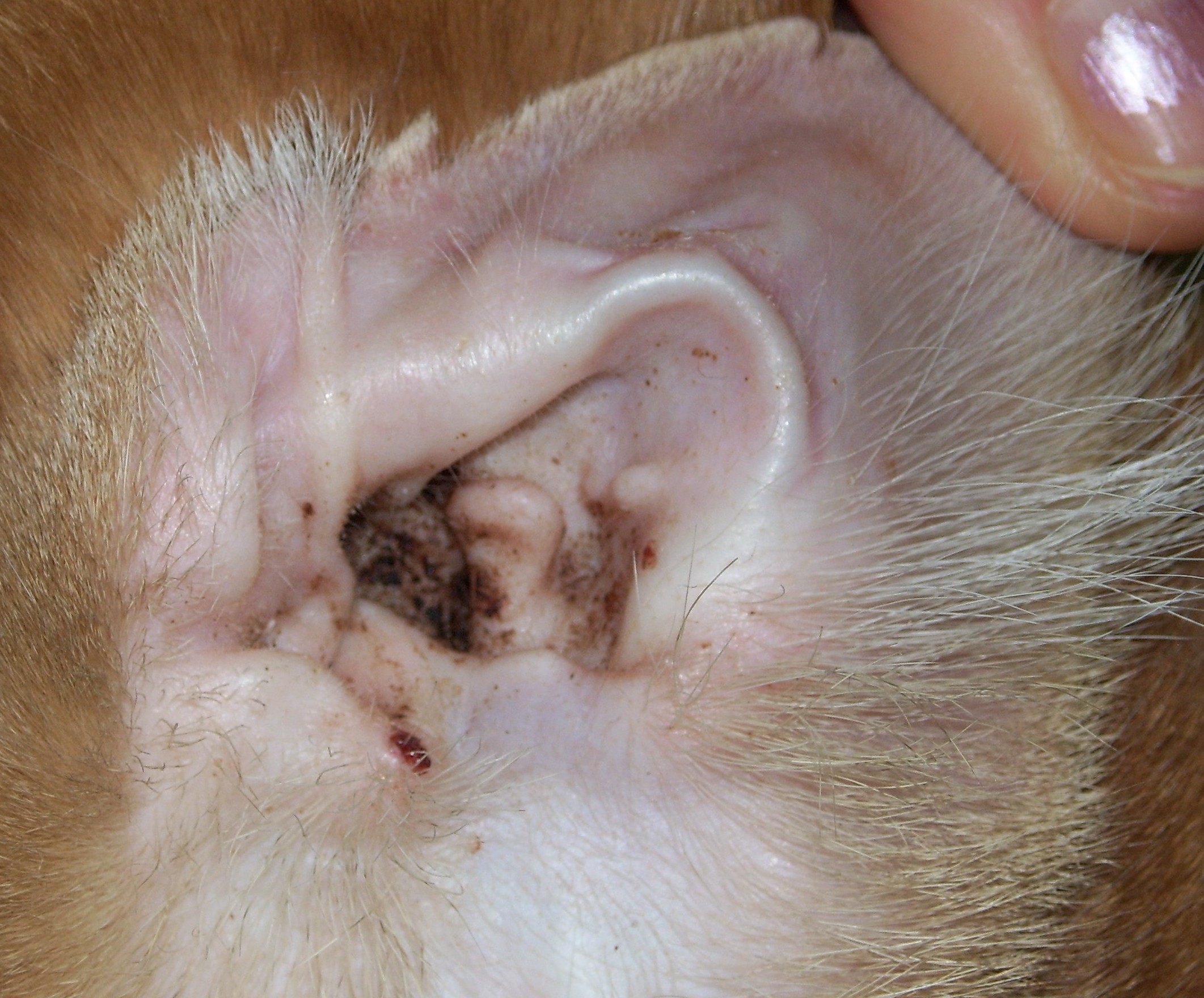
Key Components Aiding in Debris Removal
The surfactant components in it break down. Dissolve dirt and grime effectively for a clean without the need for abrasive scrubbing techniques.
Role in Maintaining Optimal Ear pH Balance
Oticlear helps maintain a balanced ear pH, creating an inhospitable environment for pathogens while supporting natural ear defenses.
Lactic acid fermentation
Lactic acid fermentation is a metabolic process that produces lactic acid and cellular energy, or ATP, in the absence of oxygen. It occurs in some bacteria and animal cells, such as muscle cells and red blood cells
Composition of Oticlear Ear Cleansing Solution
Active Ingredients and Their Functions
Lactic acid helps to exfoliate the surfaces of the ear canal. Salicylic acid aids in breaking down waxy buildup and warding off infections.
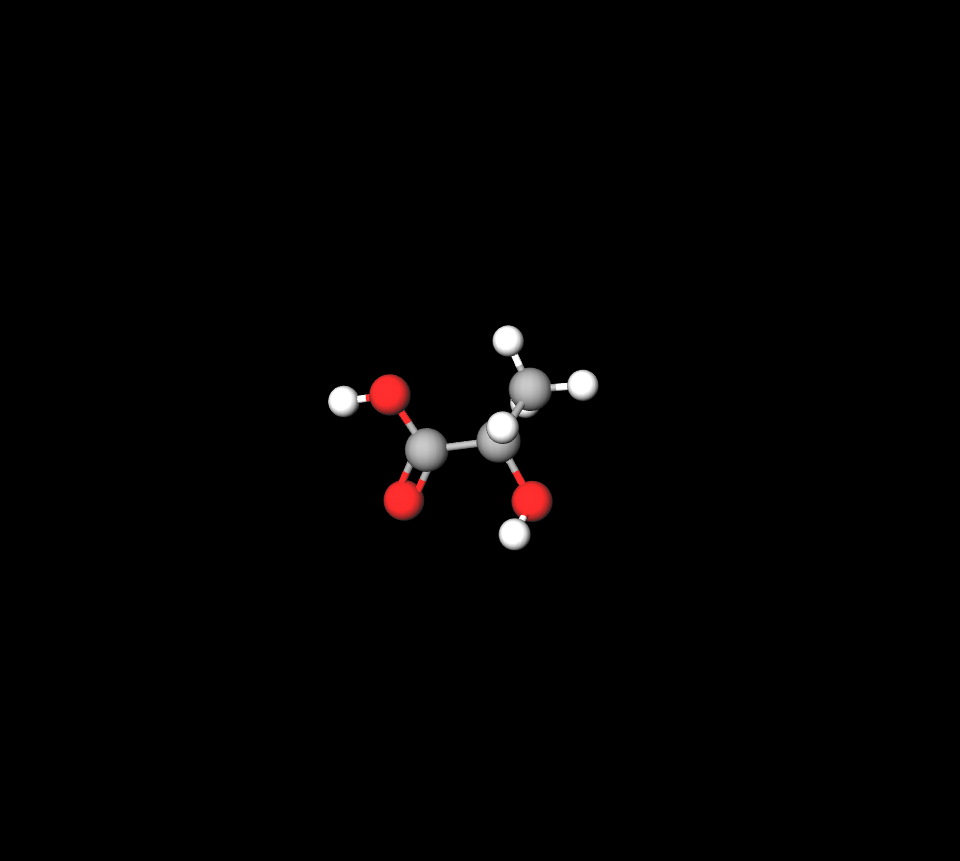
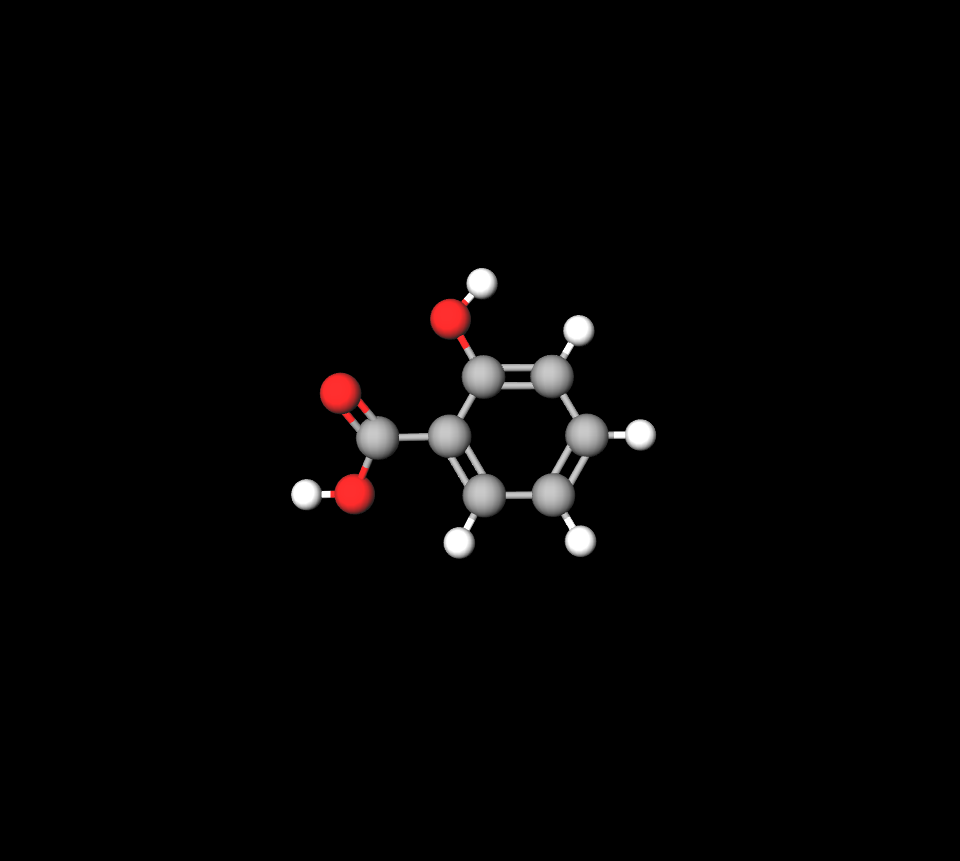
List of Inactive Ingredients
- Purified water - Non-irritating surfactants - Stabilizing agents
Understanding the Non-Irritating Formula
The gentle formula is crafted to prioritize the safety of dogs and cats and reduce the chance of any reactions even, with regular application.
Lactate vs lactic acid
The chemical structures of lactate and acid are quite similar, with the main distinction being that ionic acid contains a hydrogen atom that is absent in lactate.
Lactic acid vs glycolic acid
Sour milk yields acid, which is gentler and better suited for sensitive skin compared to glycolic acid derived from sugar cane, which is stronger and penetrates deeper for enhanced effectiveness against acne issues. For individuals with dry or sensitive skin types, lactic acid is advised, whereas glycolic acid is more suitable for those with to skin.
Salicylic acid vs benzoyl peroxide
Salicyc acid is effective in exfoliating the skin to get rid of skin cells and excess oil that may block pores. It is ideal for treating blackheads and whiteheads while also aiding in the prevention of breakouts. On the hand, Benzoyl peroxide functions by eliminating acne-causing bacteria on the skin. It works well for acne and whiteheads and is commonly suggested as an initial remedy for mild to moderate acne issues.
Dosage and Administration
Recommended Dosage for Routine Ear Cleaning
Remember to apply Oticlear 2 to 2 times a week for upkeep of your pet's ears, adjusting as needed depending on your pet’s requirements and ear health status.
Step-by-Step Guide for Proper Application
1. Gently restrain your pet to keep them calm.
2. Tilt the head so the ear canal is accessible.
3. Apply a few drops into the ear canal.
4. Massage the base of the ear to distribute the solution.
5. Allow your pet to shake out debris, then wipe the outer ear with a clean cloth.
Frequency of Use Based on Pet's Condition
For pets with healthy ears, clean weekly. For those prone to wax build-up or infections, follow your veterinarian's guidance.
Adjustments for Different Breeds and Sizes
Modify the amount of solution according to the size of the ear canal—use less for toy breeds and kittens and more for breeds.
Storage and Handling
Proper Storage Conditions for Oticlear
Remember to keep it in a dry spot from direct sunlight to ensure it stays effective.
Guidelines for Safe Handling
Please refrain from touching skin or eyes. Remember to wash your hands diligently after any contact with the substance.
Shelf Life and Signs of Product Degradation
Check the expiration date on the bottle. Discard if the solution appears cloudy or develops an unusual odor.
Side Effects of Oticlear Ear Cleansing Solution
Overview of Possible Side Effects
Side effects are uncommon. Some pets may experience redness or discomfort especially if they are sensitive.
Common Side Effects Like Redness or Mild Irritation
A brief period of redness or mild irritation might. Usually, it goes away in a couple of hours.
Rare or Severe Adverse Reactions
Severe reactions, such as swelling or persistent discomfort, are uncommon but warrant immediate veterinary attention.
Important Precautions
Monitoring for Allergic Reactions in Pets
It's important to keep an eye on your pets and after using Oticlear watch for any signs of allergies, like increased scratching or redness, in the ears area It's best to catch these for help and less discomfort.
Avoiding Use in Pets with Ruptured Eardrums
Oticlear should never be used in pets with known or suspected eardrum perforations. Introducing a solution into the middle ear can lead to severe irritation, infections, or permanent auditory damage. Always consult a veterinarian to rule out such conditions before application.
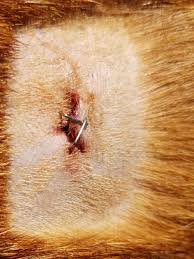
Signs to Discontinue Use and Seek Veterinary Advice
Please stop using the product if your pets show ongoing signs of discomfort or have a foul-smelling discharge, or if their symptoms worsen over time. You should promptly seek advice, from a veterinarian to effectively address any problems.
Lactic acid blood test
The test for measuring the levels of acid in the blood is called an acid blood test and is commonly conducted to detect a medical condition known as lactic acidosis caused by an excess of this acid in the bloodstream, which can pose serious risks, like heart complications or organ failure if not addressed promptly.
Administration in Special Populations
Use in Elderly Pets with Sensitive Ears
Senior pets often have more delicate ear tissues, making them susceptible to irritation. Use Oticlear sparingly and ensure gentle application techniques to prevent discomfort. Regular check-ups can help tailor usage to their specific needs.
Considerations for Pregnant or Nursing Pets
Using Oticlear in pets that's pregnant or nursing should be done carefully to ensure the safety of both the mother and her offspring by consulting with a veterinarian to assess any risks involved.
Safety in Puppies and Kittens
When dealing with animals that are still growing and developing, their bodies and systems need attention and care. Take it easy with Oticlear by using it in amounts and keep an eye on it for any signs of discomfort or negative reactions.

Contraindications and Warnings
Pets Unsuitable for Oticlear Use
It's best to steer off Oticlear for pets that have had reactions to its components in the past, and animals with ear infections or structural issues might need different treatment options instead.
Potential Risks in Pets with Known Allergies
Pets that have known allergies might react to remedies, so it's important to do a test patch or speak with a vet if there's a history of sensitivity.
Interactions with Other Ear Medications
Combining ear treatments, at the time, may decrease effectiveness or cause unexpected reactions; therefore, it is advisable to refrain from using Oticlear alongside other medications unless directed to do so by a vet.
Interaction with Other Products
Potential Interference with Otic Medications
Oticlear may dilute or alter the effectiveness of certain ear medications. Administer treatments at different times to avoid cross-reactivity or reduced efficacy.
Compatibility with Ear Infection Treatments
Oticlear is compatible with most infection treatments when used as directed. However, always verify compatibility with your veterinarian, especially in severe or chronic cases.
Avoiding Concurrent Use with Other Cleaning Agents
Using multiple cleaning solutions simultaneously can cause chemical imbalances or irritation. Stick to a single, approved product for routine ear hygiene.
Careful Administration Tips
Ensuring Correct Application to Avoid Damage
Remember to use Oticlear to avoid causing any harm to the ear canal; apply it with a touch and avoid inserting applicators too far into the ear.
Cleaning the Applicator After Each Use
Make sure to wash the applicator after each use to avoid any bacteria from growing or contaminating it keeping the solution clean and efficient.
Consulting a Veterinarian for Unique Cases
For pets with underlying conditions or complex medical histories, consult a veterinarian for tailored advice. This helps ensure safe and effective use of Oticlear.
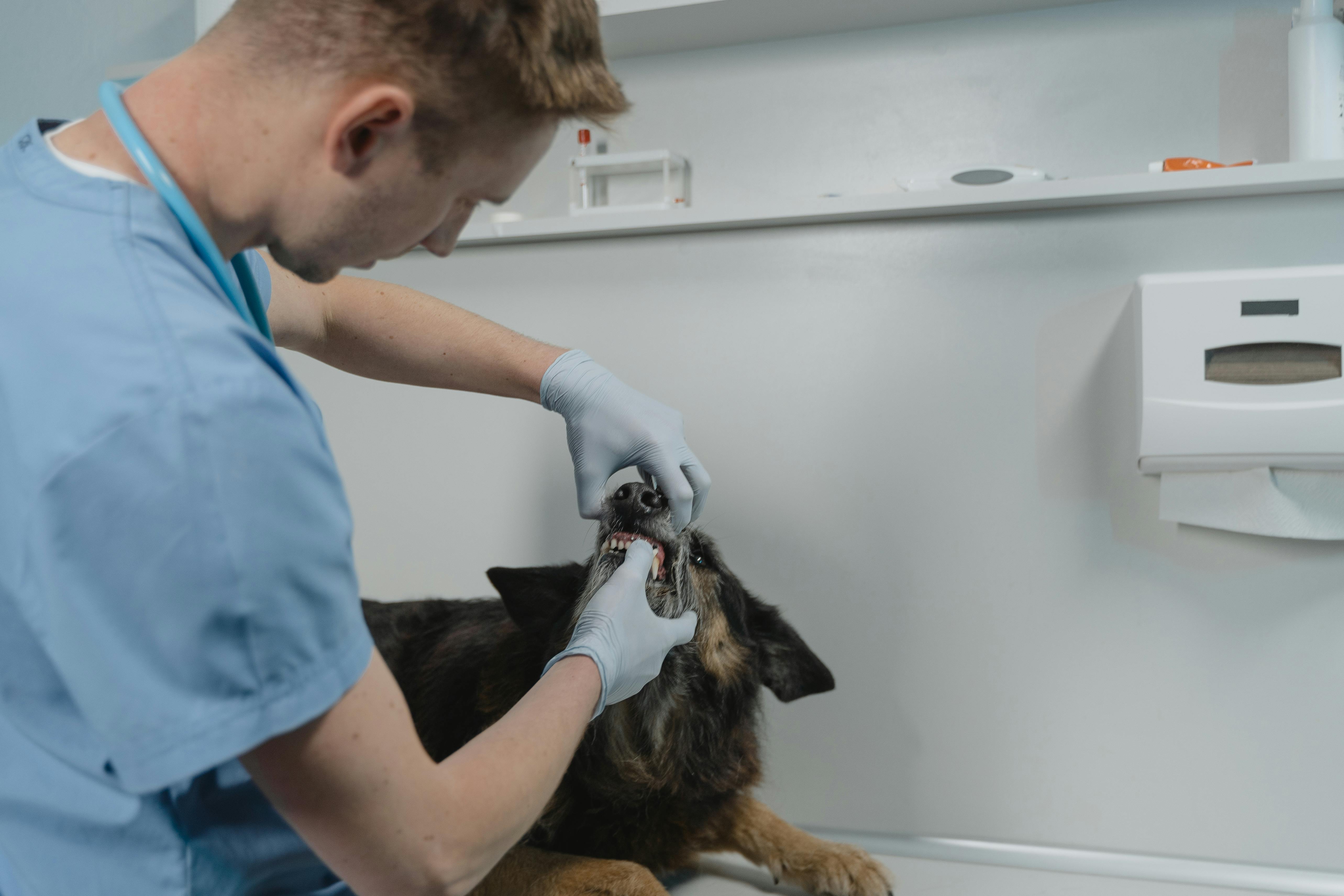
Overdosage
Symptoms of Excessive Application
Overuse of Oticlear may cause symptoms such as excessive moisture, irritation, or a strong, unusual odor emanating from the ears. Pets may also exhibit signs of discomfort, such as pawing at their ears.
Immediate Steps to Manage Overuse
When using it much is a concern, simply rinse the ear gently with water to lessen and eliminate any extra solution. Wait until you seek advice, from a vet before using it.
Veterinary Intervention for Severe Cases
In instances of overdose situations that show no improvement or worsen further in symptoms observed in an animal patient, it is crucial to seek veterinary assistance to address the issue promptly and prevent any lasting harm while providing relief from discomfort.
Handling Precautions
Avoiding Accidental Contact with Human Skin or Eyes
While Oticlear is safe for pets, it can cause mild irritation to human skin or eyes. Wear gloves during application, and wash hands afterward to avoid accidental exposure.
Proper Disposal of Used Applicator
Dispose of used applicators responsibly to prevent contamination or accidental reuse. Follow local disposal guidelines for medical waste when possible.
Tips for Preventing Contamination of the Solution
Remember to close the bottle when you're not using it. Make sure not to let the nozzle come into contact with your pets ear or any surface while using it. Remember to keep the remedy in a dry place to ensure it stays effective.
Oticlear Ear Cleansing Solution for Dogs and Cats FAQ
- What does lactic acid do to the body?
- Is lactic acid good for skin?
- What does it mean if your lactic acid is high?
- Who needs lactic acid?
- What does lactic acid do?
- Is too much lactic acid bad?
- Is salicylic acid safe for pets?
- What happens if my dog licks salicylic acid?
- Can I use salicylic acid on my dog's warts?
- Can I use lactic acid with salicylic acid?
- What can you not mix lactic acid with?
- Which is better for acne scars, lactic acid or salicylic acid?
- What are the side effects of lactic acid and salicylic acid?
- What to use after salicylic acid?
- Can I leave lactic acid on overnight?
- Can I use salicylic acid every day?
- Who should avoid salicylic acid?
- Does salicylic acid lighten skin?
- Does lactic acid remove dark spots?
- What happens if I stop using salicylic acid?
- How long to leave salicylic acid on face?
What does lactic acid do to the body?
It helps with respiration and glucose production while also aiding in signaling between molecules.
Is lactic acid good for skin?
It exfoliates the layer of skin cells and can enhance skin quality by diminishing dark spots and lines and purifying pores.
What does it mean if your lactic acid is high?
Experiencing an increase in blood levels of lactate leads to the development of a condition known as acidosis, which falls under the category of metabolic acidosis.
Who needs lactic acid?
The effects of aging on the skin, along with conditions such as canker sores and warts, are often discussed; however, there is evidence to back up these claims effectively.
What does lactic acid do?
In respiration and glucose regulation processes within the body's cells, lactic acid plays a role, serving as a molecular signal and assisting in managing inflammation levels. Converting glucose or pyruvate to lactic acid occurs when the cells require energy production under conditions.
Is too much lactic acid bad?
Experiencing an imbalance of lactate in the body can lead to a health issue known as acidosis, which has the potential to be life-threatening.
Is salicylic acid safe for pets?
Salicylic acid can be harmful to cats. It is not recommended for use on their skin.
What happens if my dog licks salicylic acid?
Excessive intake of acid can lead to stomach ulcers. Potentially cause kidney problems when taken in high quantities.
Can I use salicylic acid on my dog's warts?
Using levels of acid can help in gently exfoliating the skin and gradually eliminating warts over a period of time.
Can I use lactic acid with salicylic acid?
Yes
What can you not mix lactic acid with?
Ingredients like retinol and benzoyl peroxide, commonly found in skincare products, are known for their effects. They are often combined with AHAs and BHAs for skin benefits.
Which is better for acne scars, lactic acid or salicylic acid?
Lactic acid
What are the side effects of lactic acid and salicylic acid?
Experiencing a feeling of warmth or itching along with redness or discomfort.
What to use after salicylic acid?
Don't forget to apply moisturizer after using acid on your skin to prevent dryness.
Can I leave lactic acid on overnight?
If the acidity level is low and well-adjusted in your product or formula solution application, you may consider leaving it on your face for enhanced outcomes.
Can I use salicylic acid every day?
You can use your cleanser daily as long as it includes acid in its formula.
Who should avoid salicylic acid?
Please avoid using this medication in case you have diabetes or face blood circulation problems. Moreover, do not use this remedy for warts that have hair growing out of them or are located in areas inside the nose or mouth. Also, refrain from applying it to moles or birthmarks as it may cause irritation.
Does salicylic acid lighten skin?
It helps reduce the appearance of spots and blemishes while also addressing hyperpigmentation on the skin.
Does lactic acid remove dark spots?
Yes
What happens if I stop using salicylic acid?
If you discontinue the acne treatment prematurely, there is a possibility that the issues could resurface.
How long to leave salicylic acid on face?
Please start by keeping it on for 5 minutes at first. If you're not experiencing any discomfort you can increase the time, up to 15 minutes.


